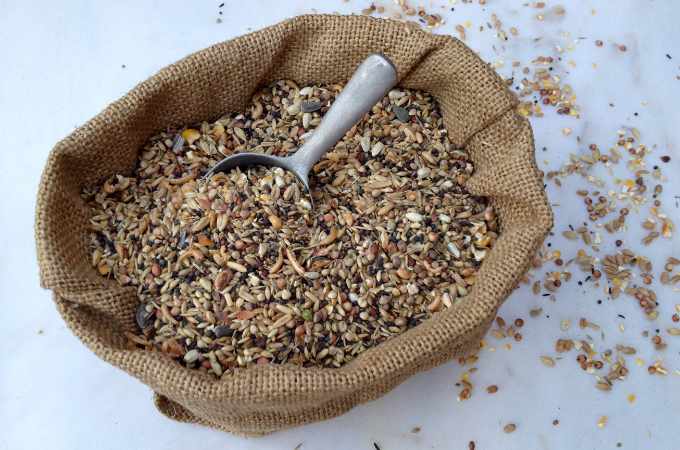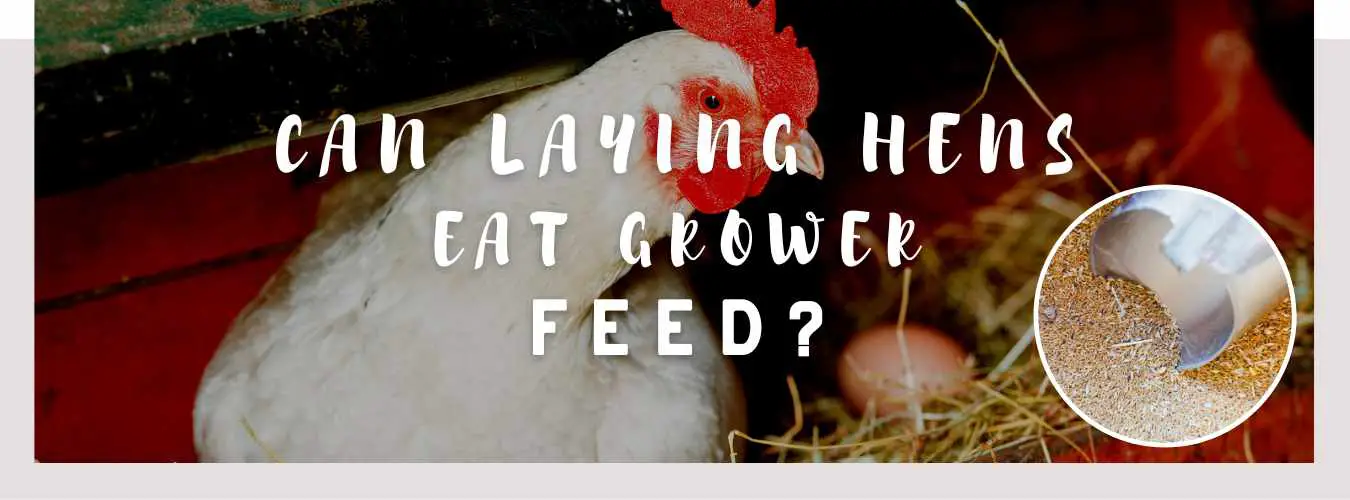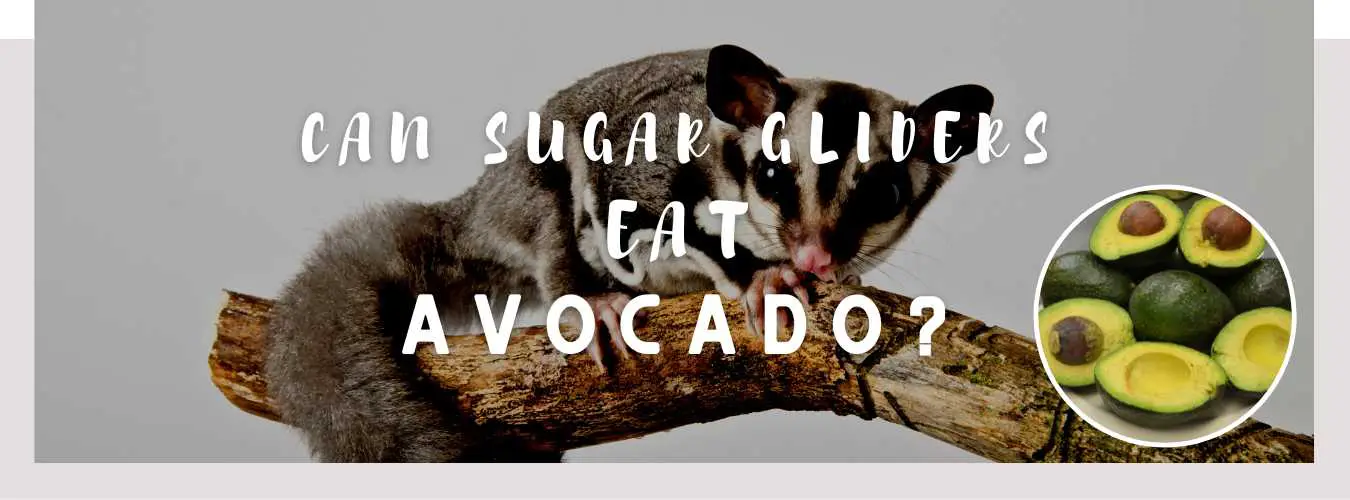
Raising backyard chickens has become a popular hobby for many, leading to questions about their diet and well-being. A common query among poultry enthusiasts is, “Can laying hens eat grower feed?” This article aims to provide a comprehensive answer, focusing on the dietary needs of laying hens and whether grower feed is a suitable option.
Laying hens have specific nutritional requirements to maintain their health and optimize egg production. Their diet must include a balance of proteins, vitamins, minerals, and carbohydrates. The most crucial element in a laying hen’s diet is calcium, essential for strong eggshells. A lack of calcium can lead to health issues and poor egg quality.
What is Grower Feed?
Grower feed is a type of poultry feed designed for young chickens, typically between the ages of 8-20 weeks. This feed is formulated to support the rapid growth and development of young chickens. It contains a balanced mix of nutrients, including proteins, but usually has lower calcium content compared to layer feed, which is specifically formulated for egg-laying hens.
Nutritional Differences Between Grower and Layer Feed
The primary difference between grower feed and layer feed lies in their nutritional composition. Layer feed contains higher levels of calcium, necessary for eggshell formation. In contrast, grower feed has less calcium and is more focused on providing adequate protein for growth.
Can Laying Hens Consume Grower Feed Safely?
Laying hens can consume grower feed, but it should not be their primary diet. The lower calcium content in grower feed can lead to weaker eggshells and potentially affect the hen’s overall health. If laying hens are fed grower feed, it’s important to supplement their diet with additional calcium sources, such as oyster shell supplements.
You might also like: What Can Chickens Eat?

Potential Risks of Feeding Grower Feed to Laying Hens
Feeding grower feed to laying hens without additional calcium can result in several issues:
- Weak Eggshells: Insufficient calcium can lead to thin or soft eggshells.
- Health Problems: Long-term calcium deficiency can cause bone weakness and other health issues in hens.
- Reduced Egg Production: A diet lacking in essential nutrients can lead to a decrease in egg production.
Recommendations for Feeding Laying Hens
For optimal health and egg production, it’s recommended to feed laying hens a diet specifically formulated for their needs. Layer feed, supplemented with additional calcium sources if necessary, is the best choice. If grower feed is used, it should be complemented with calcium supplements to prevent deficiencies.
Balancing the Diet of Laying Hens with Grower Feed
When considering grower feed for laying hens, balance is key. While grower feed can be a part of their diet, it should be carefully integrated to ensure that the hens receive all the necessary nutrients. This can be achieved by mixing grower feed with layer feed in a ratio that maintains a high level of calcium. Additionally, providing a separate source of calcium, like crushed oyster shells, allows hens to self-regulate and consume what they need for optimal shell production.
Transitioning from Grower to Layer Feed
The transition from grower feed to layer feed is a critical phase in a hen’s life. This change typically occurs around the age of 18 to 20 weeks, coinciding with the onset of egg laying. A gradual transition over a week or two can help prevent digestive upset and ensures that the hens adjust to the higher calcium content in layer feed. During this period, monitoring the hens for any signs of distress or changes in egg production can provide insights into how well they are adapting to the new diet.
You might also like: Can Chickens Eat Spam?
Understanding Protein Levels in Grower Feed

Protein is a vital component of grower feed, designed to support the rapid growth and development of young chickens. However, laying hens have different protein requirements. Excessive protein can lead to health issues in laying hens, including kidney strain and overheating. Therefore, when using grower feed, it’s important to consider the overall protein content of the hens’ diet and adjust accordingly.
The Role of Vitamins and Minerals
Apart from calcium and protein, vitamins and minerals play a crucial role in the health of laying hens. Grower feed typically contains a balanced mix of these nutrients, but the specific needs of laying hens might require additional supplementation. Vitamins A, D, and E are particularly important for immune health and egg production. Minerals like phosphorus, potassium, and magnesium also contribute to overall health and should be present in adequate amounts.
Practical Feeding Strategies
For those who choose to incorporate grower feed into their laying hens’ diet, practical feeding strategies can make a significant difference. Offering grower feed in the morning and layer feed in the evening, or vice versa, can help ensure a balanced intake of nutrients throughout the day. Additionally, providing constant access to a calcium supplement allows hens to consume it as needed.
Monitoring Health and Egg Production
Regular monitoring of the hens’ health and egg production is crucial when incorporating grower feed into their diet. Observing changes in eggshell quality, frequency of laying, and the general behavior and appearance of the hens can provide valuable feedback on the suitability of their diet. Any negative changes may indicate a need to adjust the feeding strategy.
Final Thoughts
Incorporating grower feed into the diet of laying hens requires careful consideration and balance. While it can be a part of their diet, it should not replace layer feed. By understanding the nutritional differences and monitoring the health and productivity of the hens, poultry keepers can successfully integrate grower feed in a way that supports the well-being of their laying hens.
Contents
- 1 What is Grower Feed?
- 2 Nutritional Differences Between Grower and Layer Feed
- 3 Can Laying Hens Consume Grower Feed Safely?
- 4 Potential Risks of Feeding Grower Feed to Laying Hens
- 5 Recommendations for Feeding Laying Hens
- 6 Balancing the Diet of Laying Hens with Grower Feed
- 7 Transitioning from Grower to Layer Feed
- 8 Understanding Protein Levels in Grower Feed
- 9 The Role of Vitamins and Minerals
- 10 Practical Feeding Strategies
- 11 Monitoring Health and Egg Production
- 12 Final Thoughts










